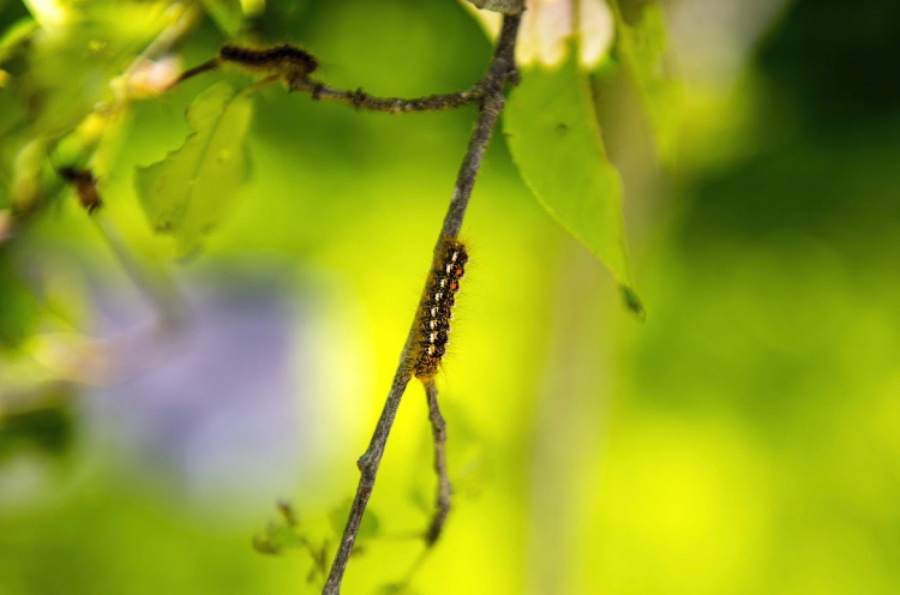PORTLAND, Maine — A forest pest that bedevils Maine residents and tourists with hairs that cause an itchy rash appears to be spreading due to warming temperatures, a group of scientists has found.
The browntail moth is a scourge in America’s most forested state, where it defoliates trees and causes a rash in humans that resembles poison ivy. The hairs of the caterpillars can also cause respiratory trouble.
The growth and spread of the moth is tied to increasingly warm weather, especially in the fall, the scientists wrote recently in the journal Environmental Entomology. And, unfortunately, climate trends suggest upcoming years could be even worse, they wrote.
Warmer fall temperatures are especially beneficial to the bugs because that allows them to get fatter before they hibernate for the winter, said Eleanor Groden, professor emerita of entomology at University of Maine and the principal investigator on the study.
“If they come out of those webs as hearty individuals, older individuals maturity-wise, then they are better able to withstand that period and you get higher populations,” Groden said. “And you get defoliation that spring, and populations are raising havoc for anyone who has them in their yards.”
The browntail moth is native to Europe and neighboring countries in Asia and Africa. It was accidentally introduced in Massachusetts in the late 19th century and is now found in coastal Maine and Cape Cod, Mass. The caterpillars become active from April to June and have been identified as “an insect of both forest and human health concern” by the Maine Department of Health and Human Services.
The population of the moths has ebbed and flowed in the decades since it first arrived in Maine in 1904. But the outbreak has been steadily worsening in Maine in recent years, and entomologists said last year was the worst year for browntail moth infestations in state history. The bugs have been growing in both number and territory, as the Maine Forest Service said they’ve spread into northern and western areas of the state.
The study found early fall temperatures are a key determinant of population levels the following year, and that climate trends “indicate continued increases in fall temperatures” since the moth’s resurgence.
It’s another example of how climate change can aggravate pest problems and jeopardize human health, said David Wagner, a professor of ecology and evolutionary biology at the University of Connecticut who was not involved in the study.




